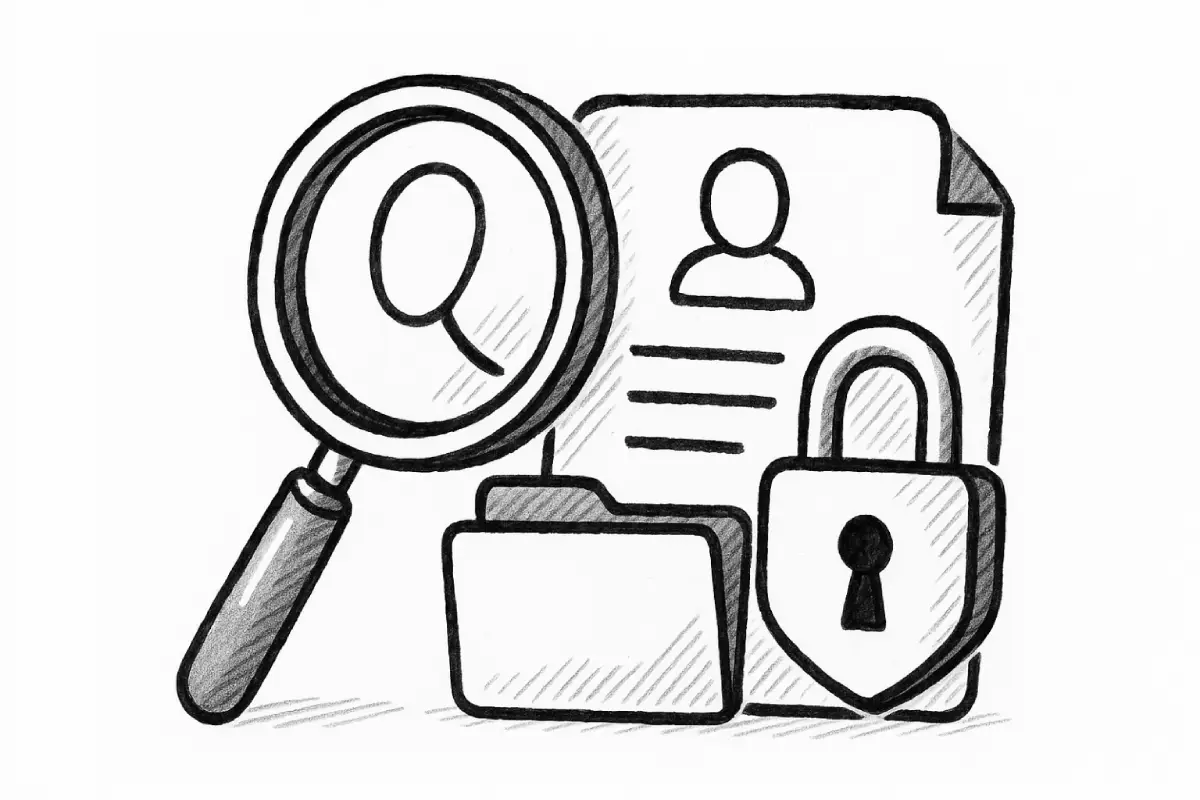The shift to remote and hybrid work changed how companies share sensitive information. Distributed teams now handle hiring, contracts, fundraising, and cross-border deals entirely online. That convenience raises a hard problem: how to keep confidential documents accessible to the right people—and only the right people—without slowing work down. Virtual Data Rooms (VDRs) solve this by combining strict security, granular control, and auditability with a workflow that fits modern teams.
What Is a Virtual Data Room?
A Virtual Data Room is a secure online repository for storing and sharing confidential documents during high-stakes processes such as M&A due diligence, fundraising, legal matters, board communications, and vendor tenders. Unlike general cloud drives, VDRs are built for regulated, time-bound collaboration where access control, logging, and compliance are non-negotiable. A reputable option is A Digital Data Room Provider that offers enterprise-grade encryption, permissions, and activity tracking.
Why Security Matters Even More With Distributed Teams
- Fragmented tools: Files spread across email, chat, and personal drives increase exposure risk.
- Home networks & devices: Mixed security baselines create inconsistent safeguards.
- Regulatory pressure: GDPR, SOC 2, HIPAA, and industry rules require evidence of control.
- Human error: Misaddressed emails and overshared folders remain top breach vectors.
VDRs centralize sensitive work in a single controlled environment—reducing surface area while improving accountability.
Core Capabilities That Differentiate VDRs From Generic Cloud Storage
- Granular permissions: View-only, no-download, watermarking, and time-boxed access at the file or folder level.
- Comprehensive audit trails: Every view, download, and change is logged for compliance and post-mortems.
- Document protection: Encryption at rest and in transit, dynamic watermarks, optional DRM, and instant revocation.
- Structured workflows: Built-in Q&A, bulk uploads, indexing, and version control for large document sets.
- Data minimization: Fine-grained sharing reduces unnecessary exposure to third parties.
High-Value Use Cases for HR, Operations, and Deal Teams
M&A and Fundraising
Buy- and sell-side teams need to review financials, contracts, IP, and HR data without leaks. A VDR accelerates diligence by standardizing structure, access, and communication while proving who saw what and when.
Confidential Hiring and HR
Executive searches, background checks, and cross-border onboarding involve sensitive personal data. VDRs let HR share documents with hiring managers, counsel, and vendors while enforcing least-privilege access.
Legal, Compliance, and Board Work
Outside counsel, auditors, and board members require controlled access with immutable logs. VDRs provide a clean record for compliance, disputes, and governance reviews.
Buyer’s Checklist: Selecting the Right VDR
- Security credentials: Look for ISO 27001, SOC 2 Type II, GDPR support, and robust key management.
- Access controls: Role-based policies, SSO/SAML, IP allowlists, device restrictions, and fine-grained permissions.
- Usability at scale: Bulk upload, automatic indexing, powerful search, and clear navigation for non-technical users.
- Performance & reliability: Global CDNs, uptime SLAs, and fast rendering for large PDFs and spreadsheets.
- Auditability: Exportable logs, dashboard analytics, and granular activity reports that satisfy auditors.
- Support: 24/7 human support, onboarding, and project-level best practices.
When comparing platforms, here is A data room to look at as a reference point for feature depth, compliance posture, and support.
Implementation Blueprint for Remote-First Teams
1) Define the Sensitive-Work Boundary
Not every document belongs in a VDR. Identify projects and data classes that require elevated protection—e.g., employee PII, financial statements, contracts, IP, or litigation materials.
2) Establish Roles and Least-Privilege Defaults
Map who needs access and grant the minimum necessary permissions. Use groups (Legal, Finance, HR, Bidders) and avoid blanket download rights unless required.
3) Standardize Folder Architecture and Naming
Create a repeatable structure (e.g., 00_Admin, 01_Financials, 02_Legal, 03_HR, 04_Product, 05_Commercial). Consistency reduces onboarding time and errors.
4) Turn on Protective Controls by Default
- Enable watermarking, view-only, and expiry policies for external parties.
- Require SSO/MFA for internal users and vendors.
- Restrict printing and downloads unless justified.
5) Use Q&A and Commenting Inside the VDR
Keep sensitive questions and clarifications within the platform to avoid insecure email threads and to preserve an auditable trail.
6) Monitor Activity and Adjust Access
Watch heatmaps and logs to see which files drive the most interest. Tighten or expand access as projects evolve; revoke instantly when an external party offboards.
Measuring Success: Security and Business Outcomes
- Risk reduction: Fewer incidents tied to mis-shares or misconfigured folders; clear evidence trails for investigations.
- Cycle-time gains: Faster diligence, onboarding, and contracting thanks to centralized, searchable documents.
- Compliance readiness: Auditable logs and consistent controls simplify external reviews and certifications.
- Stakeholder experience: External partners can self-serve documents without back-and-forth emails.
Common Pitfalls—and How to Avoid Them
- Over-permissive defaults: Start restrictive; grant downloads and broad access only when necessary.
- Shadow document flows: Disable email attachments for sensitive projects; funnel all access through the VDR.
- Messy structure: Use a standard index and enforce naming conventions to prevent “lost” files.
- No deprovisioning plan: Tie access to SSO groups and schedule periodic access reviews.
The Bottom Line
Remote work unlocked global collaboration—but also raised the stakes for data protection. Virtual Data Rooms give organizations a secure, compliant, and auditable way to collaborate on sensitive work without dragging productivity into the mud. For teams handling deals, confidential hiring, legal matters, or investor relations, adopting a VDR is less about ticking boxes and more about enabling business momentum with confidence.








